Strength of different sizes of steel electrical conduit?
knoxvillegardener
14 years ago
Related Stories
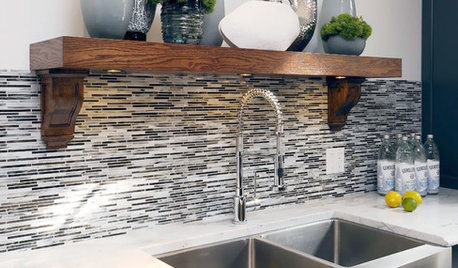
KITCHEN DESIGNKitchen Sinks: Stainless Steel Shines for Affordability and Strength
Look to a stainless steel sink for durability and sleek aesthetics at a budget-minded price
Full Story
BATHROOM DESIGNIndustrial Strength Bathrooms
10 Industrial Elements to Keep the W.C. Stylishly Streamlined
Full Story
WINDOWSSteel-Framed Windows Leap Forward Into Modern Designs
With a mild-mannered profile but super strength, steel-framed windows are champions of design freedom
Full Story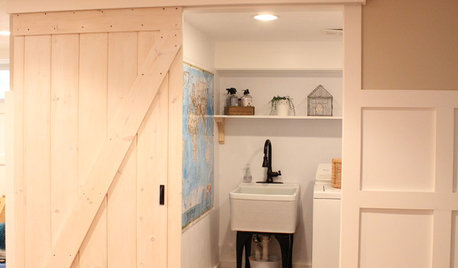
DIY PROJECTSMake Your Own Barn-Style Door — in Any Size You Need
Low ceilings or odd-size doorways are no problem when you fashion a barn door from exterior siding and a closet track
Full Story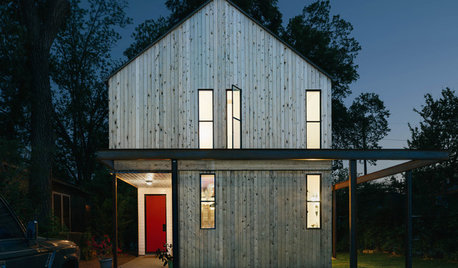
MOST POPULARHouzz Tour: Elbow Grease and Steel Create a Modern Texas Farmhouse
Talk about DIY. This couple acted as architect, interior designer and general contractor to build a one-of-a-kind home on a budget
Full Story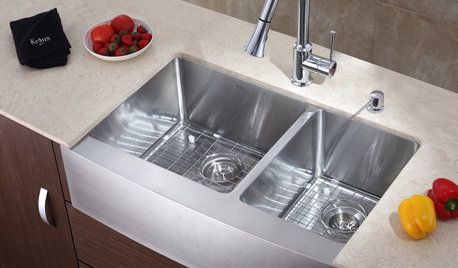
MOST POPULAR8 Little Remodeling Touches That Make a Big Difference
Make your life easier while making your home nicer, with these design details you'll really appreciate
Full Story
TILEEpoxy vs. Cement Grout — What's the Difference?
Grout is grout, right? Nope. Cement and epoxy versions have different appearances, durability and rules of installation
Full Story
ROOTS OF STYLEArt Deco, Art Nouveau, Arts and Crafts: What’s the Difference?
If the zigzag and swirly designs of the past leave your head spinning, these descriptions will straighten you right out
Full Story
EVENTSMaker Faire: Pancake Printers, an Electric Giraffe and So Much More
Passionate makers bring their latest wares to an annual festival where creativity meets tech
Full Story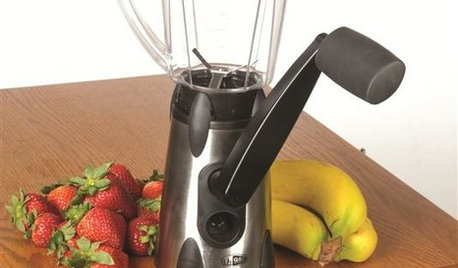
ACCESSORIESEasy Green: Cut Electricity Use With 15 Unplugged Home Devices
Crank up the energy savings, courtesy of household items that come into power the old-fashioned way: manually
Full Story






patiofarmer
Dan _Staley (5b Sunset 2B AHS 7)
Related Professionals
Tempe Landscape Architects & Landscape Designers · Norton Shores Landscape Architects & Landscape Designers · Otsego Landscape Architects & Landscape Designers · Waunakee Landscape Architects & Landscape Designers · Bell Gardens Landscape Contractors · Berkeley Heights Landscape Contractors · Dixon Landscape Contractors · Fort Mill Landscape Contractors · Mission Landscape Contractors · Nashua Landscape Contractors · Palos Verdes Estates Landscape Contractors · Seven Hills Landscape Contractors · Soddy Daisy Landscape Contractors · Eastlake Landscape Contractors · Bel Air Solar Energy SystemsknoxvillegardenerOriginal Author
Gary Boyett